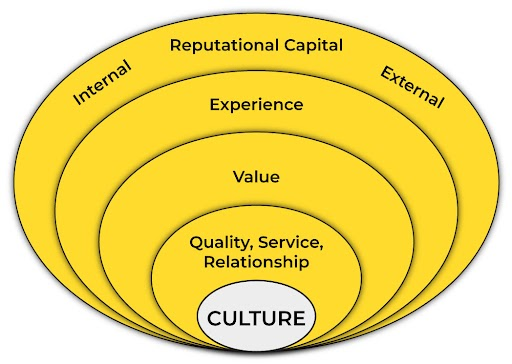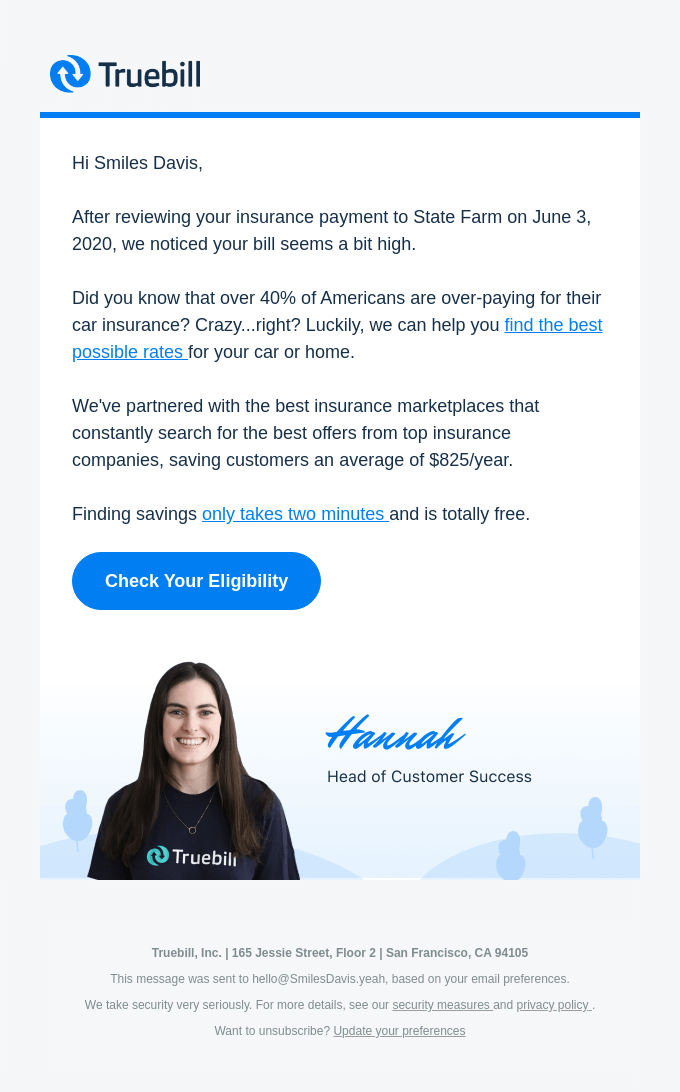Email is a private forum. Therefore, it’s best equipped to market financial services to your target demographic. Because email is the only channel that allows you direct access to your audience, investing in it is wise for any financial service provider. Your audience needs to know that they can trust your brand with their financial information, aspirations, and plans.
In this blog post, we will explore how email marketing for financial services can inspire trust and credibility among your audience. So, let’s get started.
First Things First: De-Characterizing Finance
Finance nowadays is less arcane. People no longer view it as something inaccessible. In fact, people are keener than ever to appreciate finance and participate in the fintech space.

“Financial education,” says Nicole Casperson in a recent Forbes article, “gained newfound cultural relevance in 2020, primarily due to pandemic-fueled lockdowns spurring increased engagement in personal finance content on TikTok.”
Financial literacy is “culturally relevant.” This means that the fintech space is increasingly competitive. You can’t afford to muffle your marketing efforts any longer. You must dismantle your traditional view of finance as something dry and stuffy. Or it will show in your marketing; as a result, in spite of offering space-age solutions, your brand will seem cold and unattractive.
Trust And Credibility through Email Marketing
Trust is the biggest impediment to cultivating customer relationships in the fintech niche. Email, since it’s a private platform, gives marketers a fairly strong head start in this regard.
But not if you don’t do it properly. To begin with, it’s incorrect to be using the words trust and credibility interchangeably. A vague understanding of the terminology could also affect your email marketing. Your brand might come off as trustworthy but not credible, and vice versa.
The difference between trust and credibility is this: your attitude as a brand inspires trust. But the content you share with your audience—your knowledge base—establishes credibility.
Speaking of trust and credibility, if you need to design email newsletter templates that inspire both, feel free to get in touch with our email design experts today!
Inspiring Trust through Email
Building trust is time-taking. So, prepare your new subscribers with a welcome series.
A welcome series is a great way to introduce your brand. Tell the subscriber your story. Give insights into your journey by providing a timeline of your business. Your goal is to familiarize the subscriber with your brand. To that end, a welcome email is a great opportunity to establish your credentials, define your brand identity, and broadcast your brand attitude.
The following welcome email from Ando should give you an idea. Ando shares their “origin story” with the new subscriber. The copy betrays a light, fun attitude.
Trust Markers in A Brand’s Email
- Design: The email is sober, uncluttered, and leverages white space.
- Copy: The language is unambiguous. No intrusive sales pitch. Personalized copy.
- Compliance: The email provides an Unsubscribe option in the footer.
Building Credibility through Email
If trust is essentially for the benefit of the brand, building credibility is for the benefit of the customer. That’s key to understanding email marketing for financial services.
Read more: 6 Things Banking Industry Email Marketers Should Keep in Mind
Your subscribers must realize that you know your niche like the back of your hand. By means of blogs, opinion articles, expert interviews, podcasts, etc. you need to show that you are deeply conversant with, and committed to, your domain.
The following email newsletter template from Better illustrates our point perfectly.
Credibility Markers in A Brand’s Email
- The email makes good use of text.
- Relevant, timely blog posts, articles, expert opinions to deliver value
- Valid links, personalized recommendations
Fleshing out And Establishing The Relationship
Once you have successfully inspired trust and credibility in your subscriber, you are ready to take the relationship to the next level.
You began the journey with a welcome series. It’s important to note that your welcome campaign is also a means to get to know your subscriber better. This will now help you build highly targeted campaigns in order to give your audience what they want.
Offering incentives is an effective way to establish relationships with your audience. As an example, take a good look at the following Thanksgiving email from Robinhood Financial.
Another positive marker of a relationship with your audience, besides pushing financial services through email marketing, is that you always keep them in the know. From the latest events in the financial world to rolling out new features — educational or promotional, you want to keep your subscribers in the loop.
Starport combines the two aspects in the following email.
You may also consider gamifying your emails. Email gamification results in a 15% rise in average check compared to traditional emails. What’s more, implementing reward programs through gamified emails can boost customer lifetime value by 48%.
For instance, the following Halloween-themed email by Changelly implements email gamification with considerable panache. It’s a gamified reward program.
Showing Your Subscribers You Really Care
The effects of the 2008 financial crisis are still being felt in the way consumers orient their finance-related preferences. With the expansion of the fintech space, more people are putting their faith in technology than in traditional financial institutions. Consequently, email marketing for financial services has received a boost.
This presents a great opportunity for fintech service providers to gain the trust of consumers by distinguishing themselves from old-word financial solutions. To that end, Valentina Drofa, founder and CEO at Drofa Comms, recommends fintech companies to invest in building their “reputation capital.”

“This term primarily represents the trust in a company and its leaders and the value of their brand, both corporate and personal, in the eyes of the market,” says Drofa.
Showing your subscribers that you really care – this implies a few things in the context of offering financial services through email marketing:
- Anticipating the concerns and expectations of customers
- Initiating a solution-oriented conversation with your audience
- Demonstrating your cognitive expenditure in the process
- Providing multiple alternative solutions to give your audience a greater sense of control
The following email from Truebill illustrates what the fourfold approach looks like in practice. Truebill’s email copy shows how invested they are in the welfare of their customers.
Wrapping Up!
Being a private forum, email is inherently suited for financial service providers who struggle with establishing trust among their target audience. With the right strategy in place, you can transform your outreach programs and maximize your ROI.











Susmit Panda
Latest posts by Susmit Panda (see all)
10 Nonprofit Newsletter Examples to Engage & Grow Your Community
10 New Year’s Email Inspirations Cherry-picked by Our Designers